The drone community has eagerly awaited esteemed filmmaker Philip Bloom’s Review of the DJI Mavic 4 Pro, and his in-depth analysis does not disappoint. Known for his documentary work and meticulous camera evaluations, Bloom’s video review unveils the Mavic 4 Pro as a transformative tool for aerial cinematography, with a triple-camera system that outshines the DJI Mavic 3 Pro in nearly every way. Despite one notable drawback, this flagship drone, detailed on DJI’s official website outside of the United States, cements its place as a must-have for professionals and enthusiasts.
Philip Bloom’s Lens: Why This Review Matters
Philip Bloom, a celebrated filmmaker with over a decade of drone expertise, brings unmatched credibility to his Mavic 4 Pro review. His work, spanning documentaries and YouTube tutorials, emphasizes real-world performance, making his insights invaluable for DroneXL readers.
Bloom’s anticipation for the Mavic 4 Pro, fueled by the Mavic 3 Pro’s shortcomings, sets the stage for a review that dissects the drone’s camera upgrades with surgical precision. “I really love this drone and I’m going to be using it a lot,” Bloom declares, signaling its impact on his craft.

Triple-Camera System: A Filmmaker’s Dream
The Mavic 4 Pro’s revamped triple-camera setup is Bloom’s focal point, tailored for cinematic versatility. The main 4/3-inch, 25-megapixel sensor captures 6K at 25fps, boasting 16 stops of dynamic range for vibrant, detailed footage. Bloom praises its performance compared to another one of his favorite DJI drones, noting:
“The dynamic range is just so much better…the whole image looks so much better than my Air 3S.”
A quad-Bayer mode delivers 100-megapixel stills, ideal for high-resolution prints, albeit at the expense of low-light performance.

The 70mm lens (2.5x, full-frame equivalent), with a 1/1.3-inch sensor, mirrors the Air 3S but gains full D-Log support, ensuring color consistency. The 168mm telephoto (6x equivalent), equipped with a 1/1.5-inch sensor and faster aperture, steals the show.
Bloom enthuses, “This is my favourite of them all because it just gives you something completely different.”
These upgrades enable seamless wide-to-telephoto transitions, empowering filmmakers to craft dynamic narratives.

Technical Fixes for Professional Workflows
Bloom highlights the Mavic 4 Pro’s resolution of the Mavic 3 Pro’s pain points. Unlike its predecessor, where only the main camera supported full D-Log, all three cameras now offer this professional-grade color profile.
“Getting the cameras to match was a pain,” Bloom recalls of the Mavic 3 Pro’s D-Log-M limitations.
Full control over sharpness (-1) and noise reduction (-2) allows for organic, post-production-ready images, a game-changer for editors.
Low-light performance impresses, with the main camera handling 6,400 ISO and the telephoto managing 3,200 ISO in D-Log.
Bloom advises against in-camera noise reduction, stating, “Using the in-camera noise reduction at high ISOs especially can give you some awful looking footage.”
Slow-motion capabilities include 4K at 120fps on the main and 70mm lenses, though a 1.5x crop on the main camera slightly hampers flexibility compared to the Air 3S.

Operational Wins and Creative Freedom
The DJI Mavic 4 Pro’s practical upgrades resonate with Bloom’s filmmaking needs. Its minimum focus distance—approximately 3.3 feet (1 meter) for the main and 70mm lenses in manual focus—surpasses DJI’s listed 6.6 feet (2 meters), enabling close-up reveal shots.
Bloom demonstrates this with a rack-focus shot, emphasizing its creative potential. The drone’s enhanced wind resistance, courtesy of stronger motors and larger propellers, ensures stability in gusty conditions, vital for outdoor shoots.

However, Bloom laments the main camera’s shift from a 24mm to a 28mm lens, driven by a higher-tilting gimbal to avoid propeller interference.
“You can always crop and go a bit tighter, but you can’t go wider,” he says, noting its impact on top-down shots within the 400-foot (~120-meter) U.S. FAA altitude limit.
The RC Pro 2 controller, with a 7-inch, 2,000-nit screen and vertical video support, enhances usability, though non-removable 512GB storage frustrates data management.
Industry Impact and Regulatory Context
Bloom’s review underscores the Mavic 4 Pro’s role in advancing compact, professional-grade drones. Priced at roughly £3,209 (~$4,350 USD) for the Creator Combo (per DJI’s UK website), it targets filmmakers seeking high-end imaging without the bulk of models like the Inspire 3. Regulatory constraints, such as the FAA’s 400-foot (120-meter) altitude cap, amplify the 28mm lens’s limitations for wide shots, a concern Bloom flags for urban pilots.

Bloom’s Verdict: The Mavic 4 Pro Is A Cinematic Triumph
Philip Bloom’s in-depth review confirms the DJI Mavic 4 Pro as a cinematic powerhouse, blending superior imaging with practical upgrades.
Despite the 28mm lens setback, its low-light prowess, color consistency, and creative flexibility make it Bloom’s top drone, “It’s a truly exceptional flying camera.”
For DroneXL readers, this review is a clarion call: the Mavic 4 Pro is a transformative tool for aerial storytelling, backed by one of the industry’s most trusted voices. Now, when can we buy it here in the United States?!
Photos courtesy of Philip Bloom.

Discover more from DroneXL.co
Subscribe to get the latest posts sent to your email.
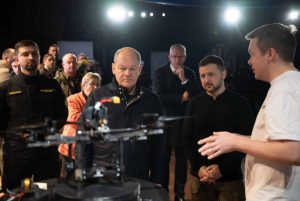

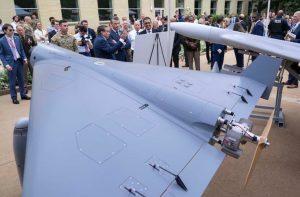
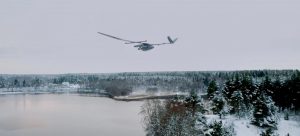




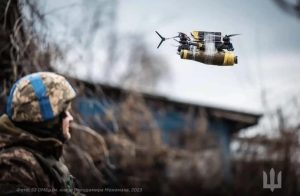
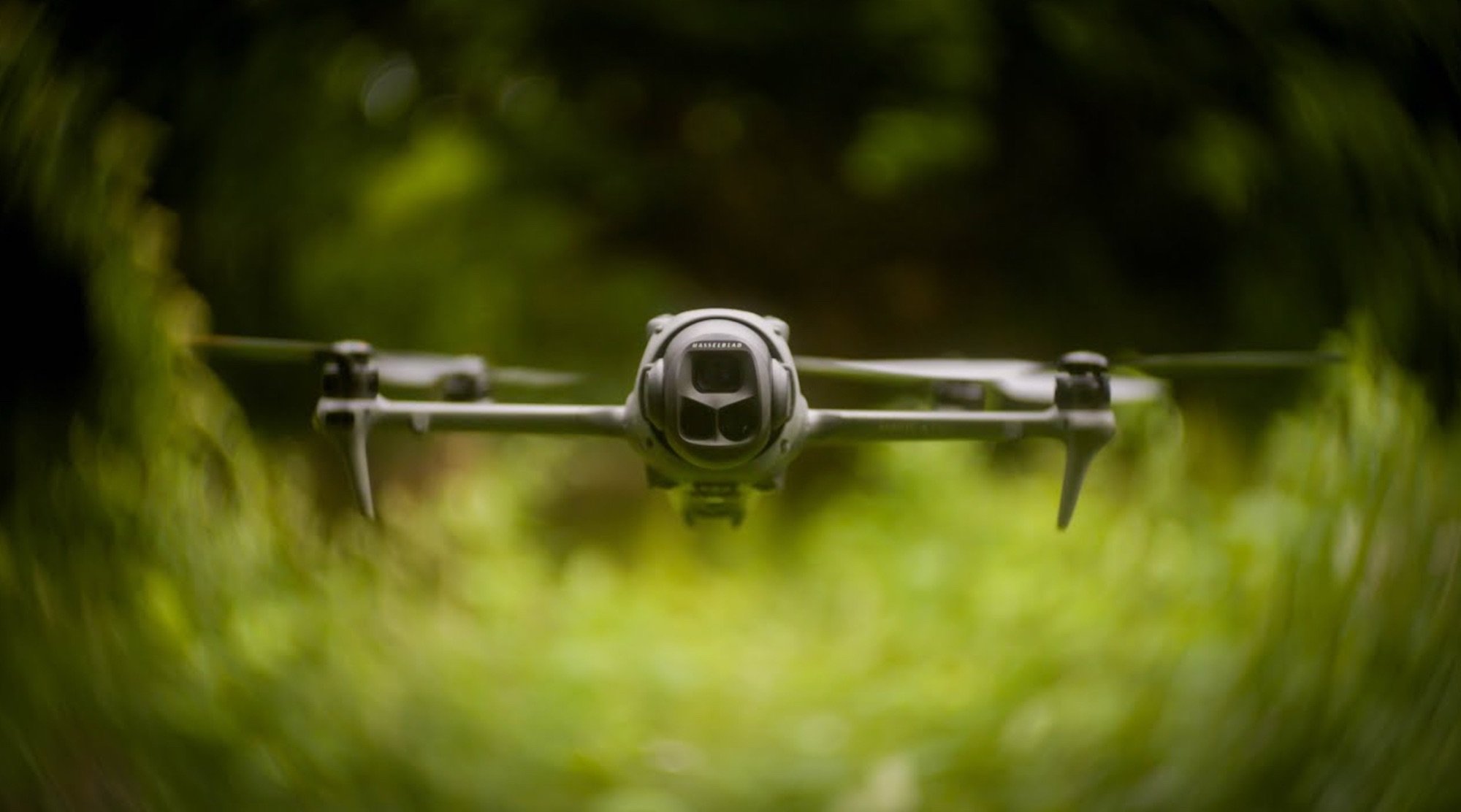

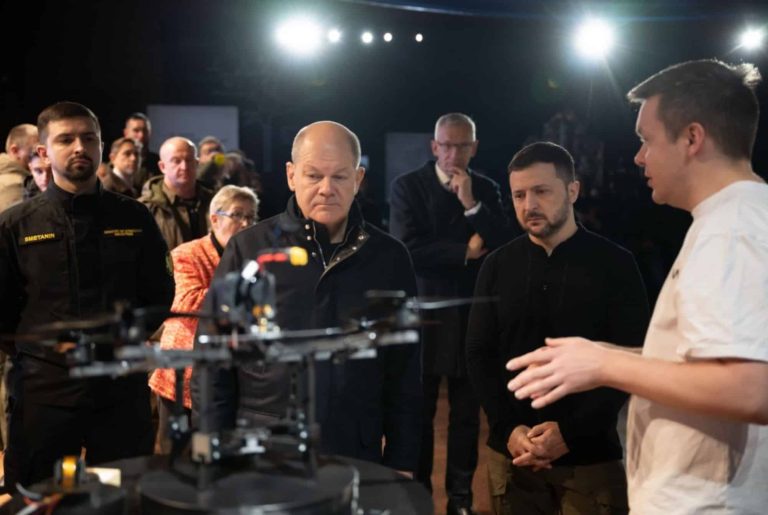
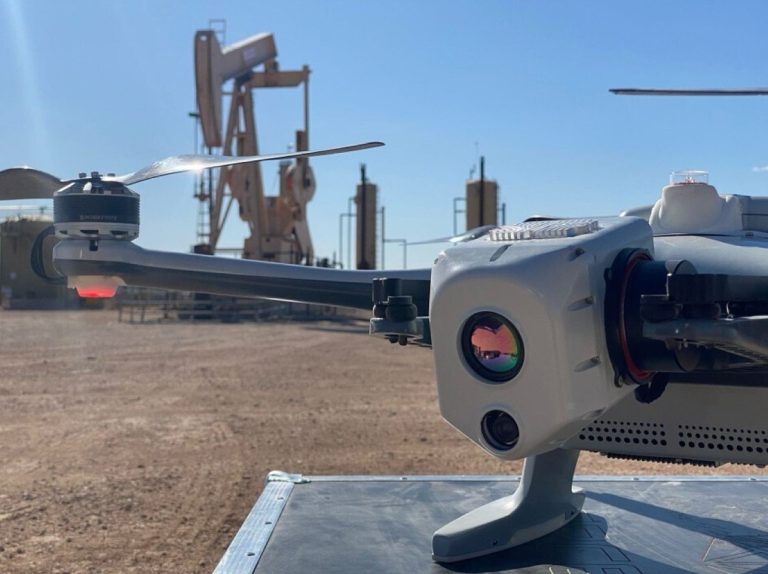



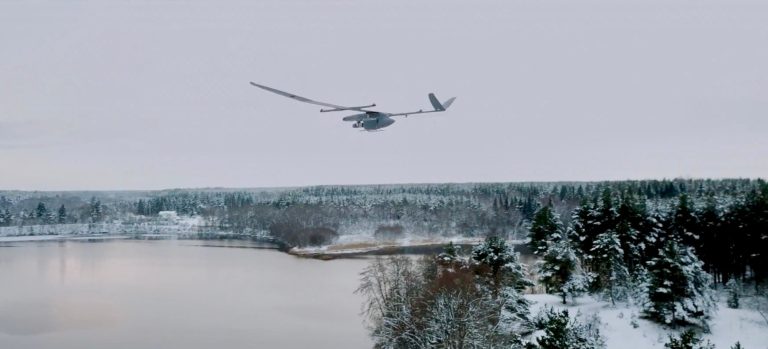
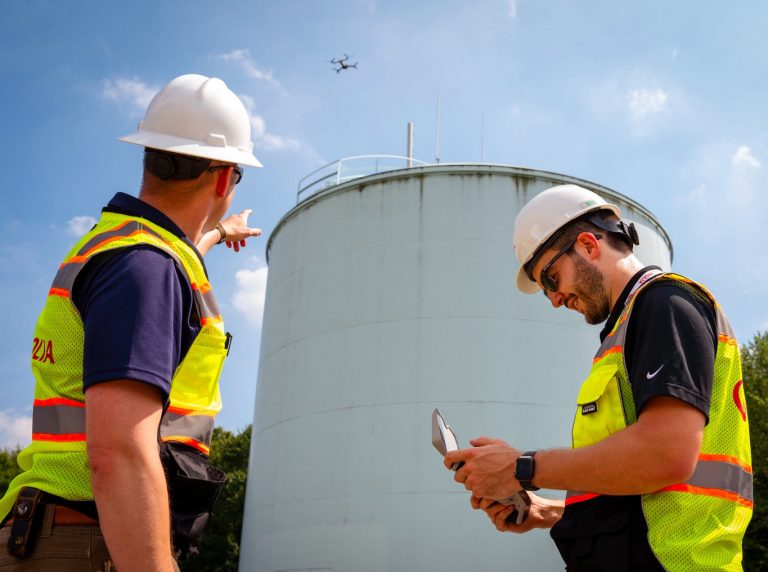



+ There are no comments
Add yours